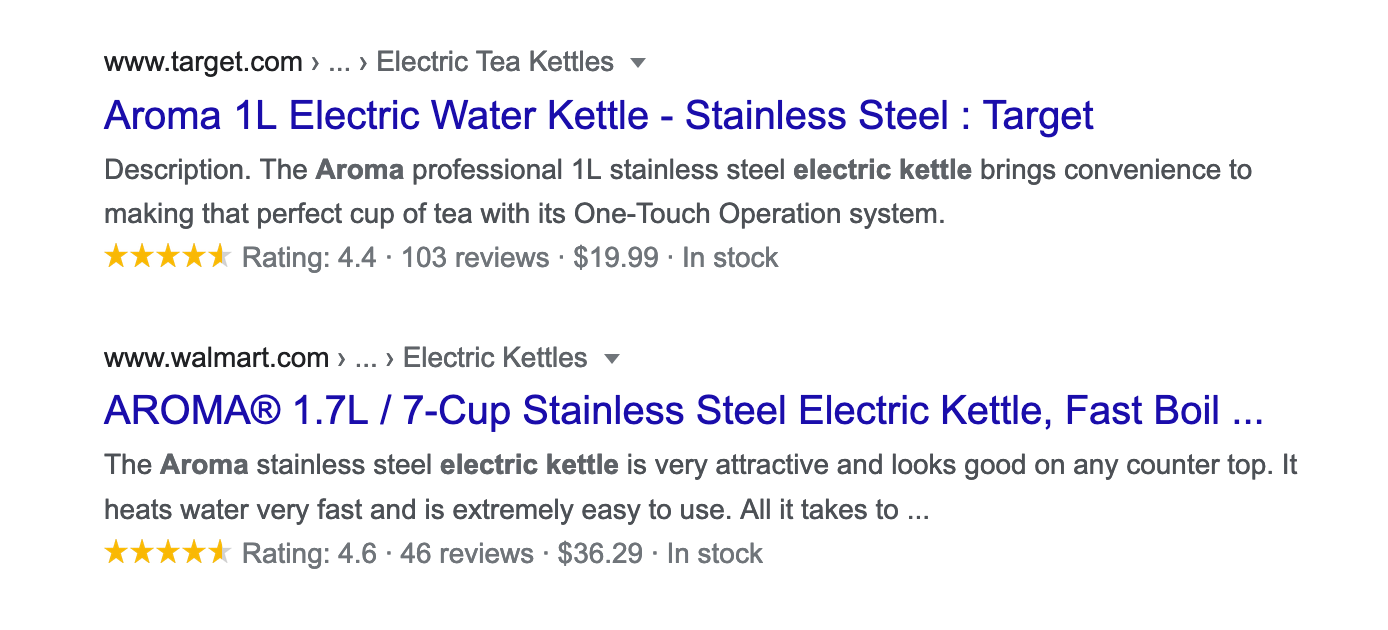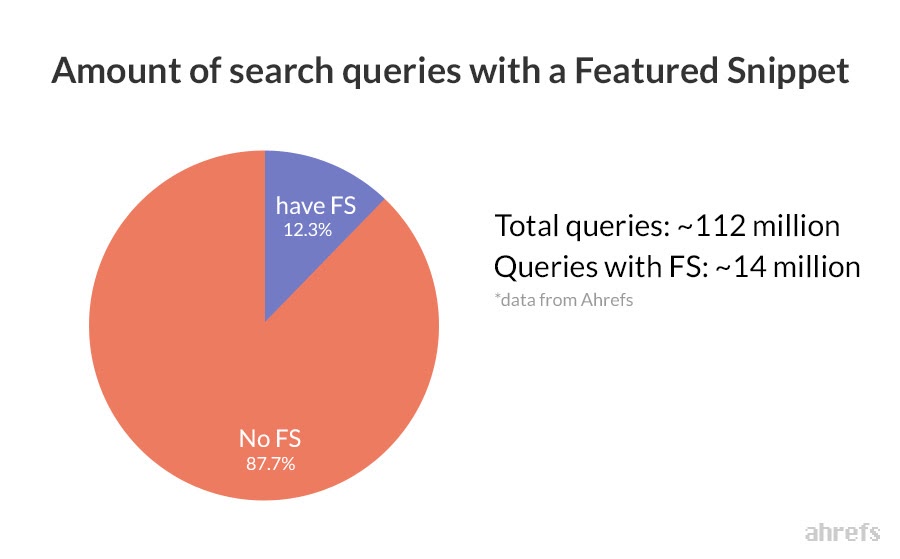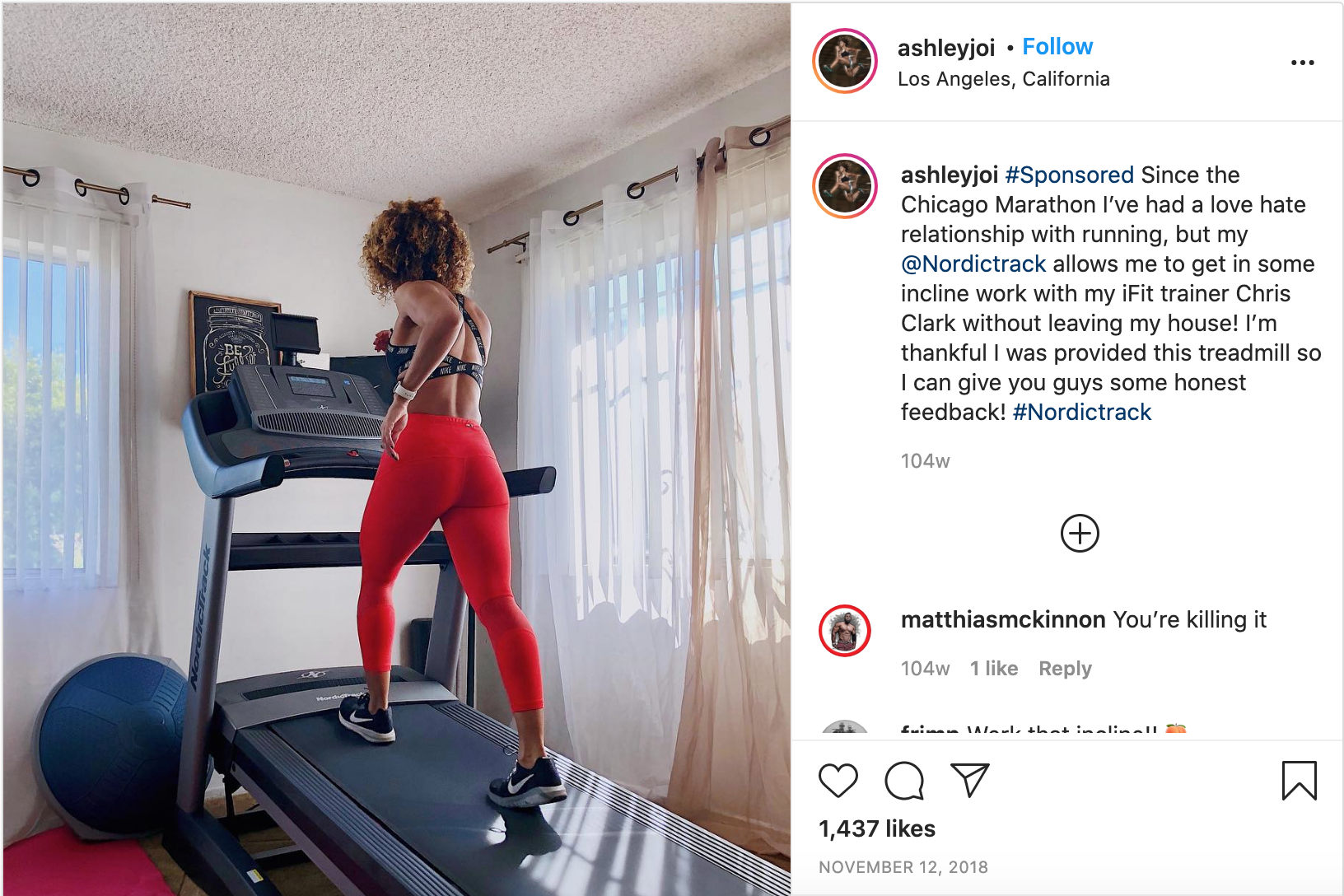Whether you started with an eCommerce business model or have shifted to one in recent months in response to COVID-19, a centerpiece of successful eCommerce is making sure people can find your website.
And one of the most important—and hardest—tactics for achieving that is SEO (search engine optimization).
But at this point, SEO probably isn’t new to you. You’ve done your keyword research. You optimized all (or at least most) of the pages on your website for a chosen keyword. You even started a blog and have been consistently updating it with content matched to your keyword strategy. You’ve checked all the boxes for basic SEO.
Now what?
In most industries, eCommerce SEO is competitive enough that the basics will only get you so far. If you really want to compete and increase your online sales, you’ll need to upgrade to more advanced SEO techniques.
Here are ten ways to take your eCommerce SEO strategy to the next level.
1. Perform a website SEO audit.
While you can find loads of advice on general eCommerce SEO tips and best practices, ultimately your business and audience is unique. In order to make the most of your SEO investment, you want to tailor your efforts to what works best for your audience. The best place to start with advanced SEO is with a thorough SEO audit to better understand where you stand now.
Spend time reviewing your current analytics. Identify which pages are effectively attracting traffic and converting customers now, and which are underperforming. See what keywords you currently rank for. Look for technical issues like duplicate content and broken links that need to be corrected. And identify internal linking opportunities you missed—are there any blog posts that include the keywords other pages or posts are targeting?
You may find content that’s due for an update, or pieces that you’re better off deleting completely. You’ll also come away from the audit with a better understanding of the kinds of topics, keywords, and content formats that are the most effective for gaining visitors, and which do the best job of attracting people that convert. With that information, you can refine your strategy to ensure better results moving forward.
2. Allow reviews on product pages.
Reviews are valuable on a few different levels. They provide social proof that helps increase purchases. They add legitimacy to your brand and products. And they help with SEO.
That’s in part because they add more words to the page, usually including relevant keywords that help signal to Google what your page is about. And they give you the chance to implement review schema markup, so the product’s star rating and the number of reviews show up right on the search engine results page (SERP), which increases the chances consumers will click.
3. Analyze your current backlinks (and those of competitors).
Backlinks are the main currency for SEO. But since they depend on getting other websites to link back to yours, they’re hard to earn.
To develop and improve upon your eCommerce backlink strategy, analyze what links you’ve already earned. What websites are linking to yours now? What pages do they link to, and anchor text do they use? And what relative value do those links have in terms of authority, relevance, and how much traffic they send your way?
Now do the same analysis for your top competitors. Find out as much as you can about their backlink profiles. Seeing which websites are linking to other sites in your industry will help in developing an effective link building strategy. It can inspire ideas for good websites to reach out to and types of content to create.
You can find out a lot about your backlinks, as well as those of top competitors, with the right SEO tool. Many of the top SEO tools make it easy to identify backlinks and perform an analysis to gain actionable insights from what you learn.
4. Include more long-tail keywords in your strategy.
Most eCommerce businesses are up against big players like Amazon and Walmart in the search engines. That makes it hard to compete for broad keywords that have a high search volume.
For smaller eCommerce brands, you’ll go further faster if you emphasize long-tail keywords in your strategy. That can mean really specific iterations of the type of products you sell. For example, a keyword like “charcoal facemask for acne and blackheads” will be easier to successfully target in your SEO efforts than simply “charcoal facemask.”
eCommerce businesses can also make headway by focusing on product keywords. If you feature a particular brand name that’s popular with your audience, optimizing for specific product and brand keywords can help you capture particularly relevant traffic.
5. Use schema markup.
Schema markup gives you a way to provide Google more information about what’s on a page. And it helps Google display more relevant details about the page on the SERP, making it more likely that people searching will click through.
For eCommerce websites, some of the most important categories of schema markup to include are product and review markup.
These allow you to provide information on your product’s price, availability, average star rating, and number of reviews. In some cases, that information will then show up right on the SERP, helping your page stand out in the results and improving your click-through rate.

As a website owner, you can’t control much when it comes to when and how you show up in the search engines. But schema markup gives you one extra way to supply details directly to Google, increasing the chances that the information you want consumers to see shows up before they even click.
6. Optimize for featured snippets.
Google changes the layout of the SERP based on the perceived search intent of the keyword. If they’re pretty sure the searcher is looking for local businesses nearby, the SERP will be dominated by a map with nearby relevant options. If they’re probably looking to buy a product, shopping results will take up SERP real estate. And if they’re likely looking for a quick answer to a question, the top of the page may show an answer box.

According to research from Ahrefs, featured snippets like this show up in over 12% of all SERPs. While that’s not a huge percentage, when they do show up they’re frequently at the top of the page and the most obvious result. That means it’s important for eCommerce businesses to be aware of which relevant keywords are producing featured snippets, and make sure you’re optimizing your pages and content to grab those spots.

To optimize your eCommerce site for featured snippets, here’s what you should do:
- Perform SERP research for every keyword you include in your strategy. In order to aim for the top spot in each search—whether that’s an organic link or a featured snippet—you need to know what it is. For each page and piece of content you create, do a search to see what the SERP looks like and what’s ranking now.
- Look for questions your audience has. A lot of featured snippets answer questions. So try to find as many relevant questions your audience has as you can, then cover the answers in your content. Keyword tools like Answer the Public can be useful for this, as can Google’s People Also Ask section. Anytime you click one question in the section, it automatically opens up several related ones you can use to create a list of questions to answer in your content.

- Structure your content to match Google’s formatting. If Google’s featured snippet includes a list, then structure your content in a list format. If it’s a short answer, then format your content to include questions in the text (probably as an h2 or h3), followed by a brief answer directly after it. The right formatting can play an important role in claiming those featured snippets.
7. Create strategic product categories for SEO.
Create more pages targeting relevant keywords that will also drive traffic to your product pages by thinking carefully about all the categories your products fall into. Each category your audience is interested in is an opportunity to create a page that targets that keyword, provides relevant information, and links to all the products that fall under that category.
Figure out categories your eCommerce website is missing now, and get to work creating them. Once you’ve got more category pages and included helpful, optimized content on each, make them go further by:
- Finding opportunities throughout your website to add internal links to them with relevant anchor text. You probably have some blog posts and product pages that use the keywords your category page is targeting. Use that!
- Adding links to category pages in your website menu and/or footers. That provides a lot of additional opportunities for internal linking, and can help website visitors find the products they’re interested in more easily at the same time.
- Using the categories you’ve established as a jumping off point for brainstorming more content ideas for your blog. If you sell supplements and created a category page for products that help with memory, why not build up more content around tips for improving memory? The new content can target keywords your audience cares about, and provide more linking opportunities for your category page and the products it includes.
8. Create content around specific products.
While a good content marketing rule of thumb is to make your content more focused on helping than selling, eCommerce brands can sometimes skillfully combine the two by creating content that features products you sell. The Barnes & Noble blog is full of posts that feature specific books they sell.

You can do something similar. If you sell fitness equipment, create a post or video showing different exercises you can do with a particular piece of equipment. If you sell spices, create recipe posts that include the spices you sell as ingredients. eCommerce brands can produce tutorials that show different ways to use and get more out of your products, roundups that pull together the best products for different use cases, and content from guest authors talking about their experience using your products.
Product-focused content gives you more opportunities to target keywords related to the specific products you sell, and can help drive the kind of traffic most likely to convert.
9. Partner with relevant brands and influencers.
Link building is the hardest part of SEO, and important for gaining any traction. The root of much successful link building is creating relationships.
Try to find brands that are in a similar space to yours that you can partner with. Can your athletic shoe brand work with a brand that sells other fitness products to create joint content relevant to your shared audience? Or if your business sells makeup, you could work with a hair product company to create beauty tutorials together. Starting relationships with other brands increases the likelihood that they (and their followers) will share and link to your stuff.
In addition to other eCommerce businesses in your space, look for influencers covering topics relevant to your audience. If you sell hot sauce, you could reach out to top recipe blogs to see if they’ll create sponsored content on their site that incorporates some of your products. Or an eCommerce website selling clothes can reach out to fashion influencers to see if they’ll help promote your clothes in exchange for free items or payment.

With this strategy, keep in mind that any relationships you build have to go both ways. Often with influencers that will mean providing free products or payment. With other brands, it means making sure the partnership helps promote them to your audience at the same time it promotes your products to theirs. These kinds of relationships can help raise your online visibility, and lead to more relevant backlinks.
10. Create comparison content.
Some brands shy away from ever mentioning a competitor. You may worry doing so will drive more attention to a brand that’s vying for your customers. But a lot of customers spend time in the research phase before choosing a product. And often part of their research is trying to figure out how two similar products compare.
You can capture the traffic of people at that stage of the buyer’s journey by creating comparison content. Think articles on your industry’s version of Coke vs Pepsi. How do your products compare to other top items in your space?
A key here is to be honest, while still emphasizing what’s great about your product. Don’t just trash your competitor—that’s transparent and a lot of consumers won’t be convinced. But honestly laying out the differing features your products have, the different responses customers express in reviews, and comparative facts, like how the costs compare, can be a smart way to drive more relevant traffic to your site and capture more of those customers.

eCommerce SEO Takes Time, but Pays Off
None of these tactics are easy. Most of them involve putting in some real work and devoting considerable time to improving your website’s authority.
But SEO is the best way for most eCommerce businesses to earn more traffic and increase sales. In a time when people are doing more of their shopping online than ever, SEO is a worthwhile investment for any eCommerce business wanting to grow.
How can Virtue Media’s SEO experts help you grow your eCommerce business? Find out here.




![Yes, B2B Websites Can Use Personalization Too [Here’s How]](https://mdvirtue.com/wp-content/uploads/2022/02/Yes-B2B-Websites-Can-Use-Personalization-Too-Heres-How-400x250.jpeg)

0 Comments